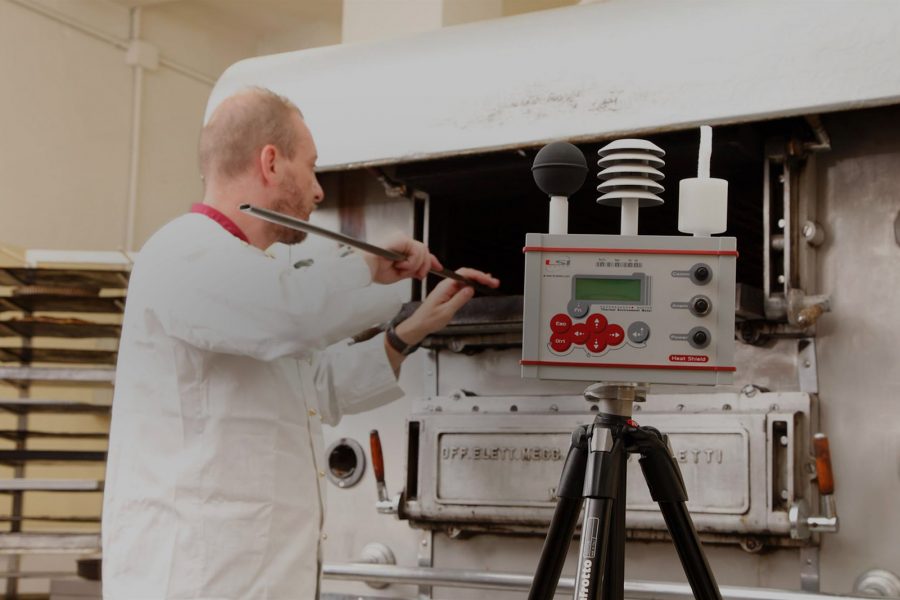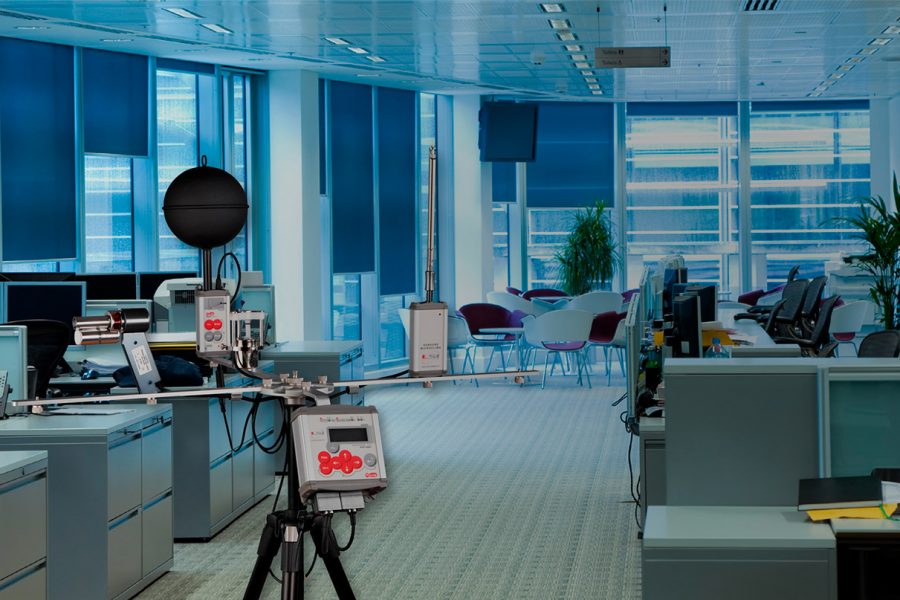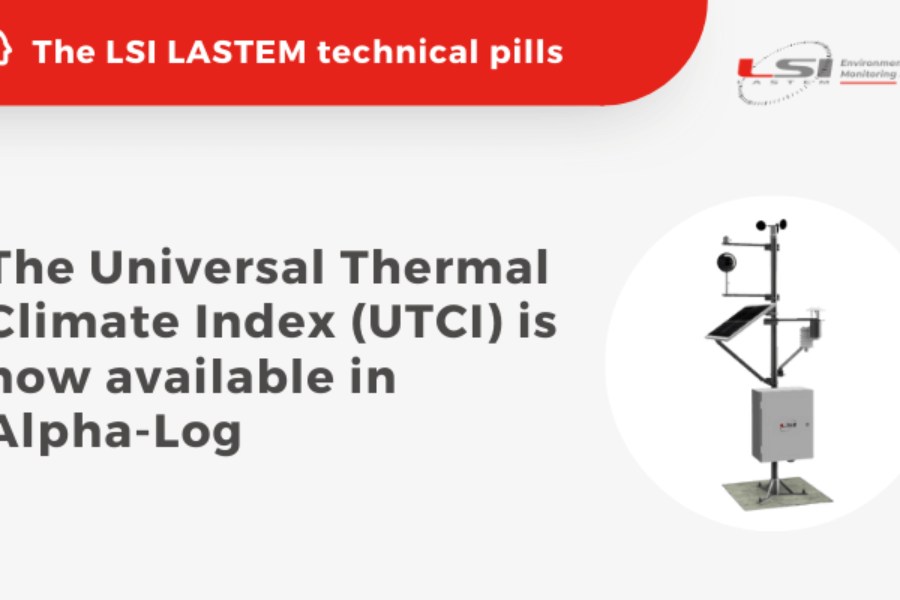Microclimate and Health & Safety
The term Microclimate expresses a series of environmental parameters which, in indoor or semi-indoor places, are responsible for the thermal sensation of individuals. They are: temperature, relative humidity, average radiant temperature and air velocity.
The evaluation of the thermal environment is traditionally aimed at workplaces in order to preserve the health of workers. For this reason the “Microclimate” is one of the physical risks contemplated in numerous national safety regulations. It is now well established that the thermo-hygrometric conditions of the workplace affect the performance of the worker in moderate ones and his health in severe ones.
From a thermal point of view, the environments are divided into severe and moderate. In the latter, the goal is to achieve the best thermal comfort, a situation that affects work performance and the pleasantness of the living environment; in severe environments, both hot and cold, the goal is to protect the occupants from dangerous thermal situations that can expose them to heat stroke (hot environments) or hypothermic conditions (cold environments); in these cases, therefore, the microclimatic analysis is aimed at assessing the distance between the current situation and the potentially dangerous one.
The evaluation of the individual’s thermal sensation is measured through the calculation, and related analysis, of the so-called microclimatic indexes. The objective of an index is to summarize a complex situation, where a series of variables (thermo-hygrometric quantities and variables related to the subjects: metabolic activity, degree of clothing and mechanical performance) interact with each other, by obtaining a synthetic number that is objective and comparable. Different indexes apply to different types of thermal environments. The indexes used can be various, but when the goal is to preserve the health of the occupants in the workplace, it is necessary to use indexes regulated and approved by the various national regulations.
In recent years, the assessment of the microclimate and in particular of thermal comfort has also been used as one of the elements to define the energy efficiency of buildings. Optimizing energy consumption according to the thermohygrometric comfort produced by the thermo-technical system and the architectural elements. The study of microclimatic parameters helps to regulate systems, such as air conditioning and heating systems, to reduce energy expenditure as much as possible, ensuring maximum living comfort.
Lately, in order to mitigate the effects of the climate and create urban environments that are as sustainable and livable as possible, the assessment of the microclimate is also evolving for outdoor environments. The smart city concept also includes the possibility of measuring outdoor microclimatic parameters and evaluating interventions aimed at the mitigation of phenomena, such as heat waves, in certain areas.
Since 1970, LSI LASTEM has been producing a series of devices for the evaluation of environments from the point of view of the thermal sensation of the occupants. Data loggers, sensors and software for the evaluation of moderate thermal environments (PMV-PPD-TO, ISO7730), hot (WBGT-ISO7243, PHS-ISO7933) and cold (ITR-ISO11079) compliant with ISO7726.
Each device is composed of a data acquisition and display system with local calculation of many useful quantities for a first analysis of the thermal environments, of a series of sensors for the measurement of the quantities necessary for the calculation of the most known microclimatic indices in accordance with ISO and PC programs to perform the most complex index calculations not available directly on the data acquisition and display system.
Portable wireless WBGT (Wet Bulbe Globe Temperature) solution for monitoring indoor and outdoor
Portable system for monitoring thermal microclima and correlated quantities in workplaces and civil environments
System for real-time assessment of the health and safety of workers in conditions of thermal stress












